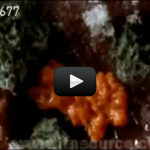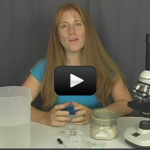In this section, you will learn about two kingdoms of living things, fungi and protists. We will start with fungi, discussing things such as body structure, methods of eating, methods of reproduction, and impact on other living things. We will then move on to protists, talking about the major types of protists as well as the role they serve.
All of this is important because fungi and protists are absolutely critical for the survival of other organisms. Without these living things, soil would be unusable and we would not have made many of the advances we have made in medicine, industry, and food production. Understanding these fascinating organisms will help us understand the crucial role they play in our lives.
All of this is important because fungi and protists are absolutely critical for the survival of other organisms. Without these living things, soil would be unusable and we would not have made many of the advances we have made in medicine, industry, and food production. Understanding these fascinating organisms will help us understand the crucial role they play in our lives.
Scientific Concepts:
- Several examples of fungi
- The parts of fungi, and what they do
- Ways fungi can be helpful or harmful
- Examples of symbiosis in fungi
- How fungi reproduce
- Why protists are considered a “junk drawer” kingdom
- The major way of classifying protists
- Ways protists move
- Ways protists reproduce




